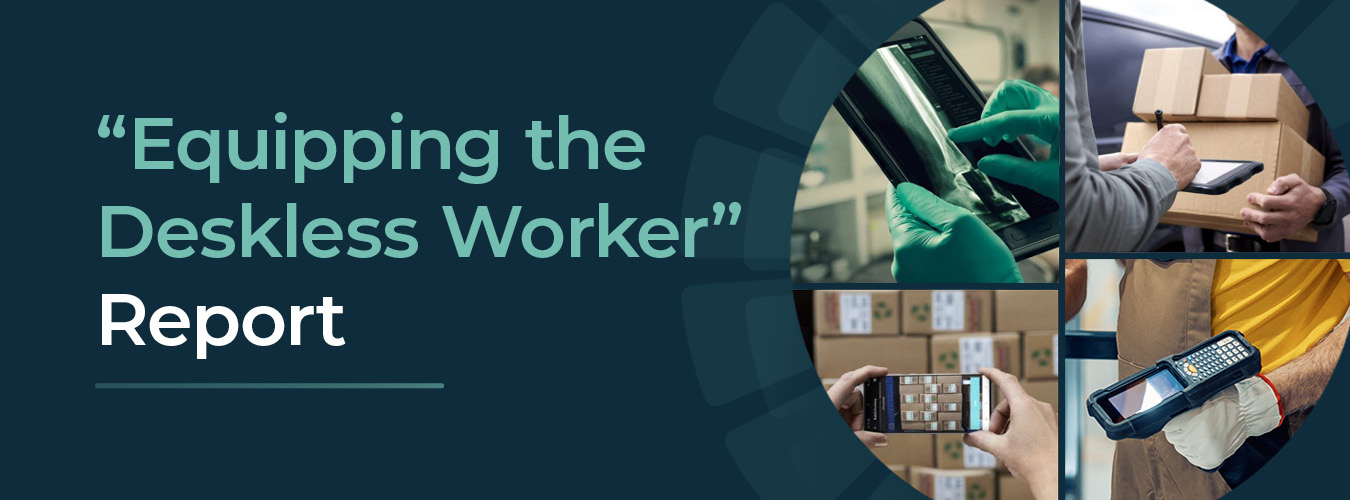
In today’s fast-paced digital world, mobile devices have become integral to business operations, significantly boosting employee productivity and efficiency. However, managing these devices comes with its own set of challenges and costs. According to recent statistics, a staggering 82% of IT executives consider smartphones vital for productivity, while 55% identify them as the most vulnerable endpoints. With the average cost of managing mobile devices reaching $624 CDN per employee annually, it’s crucial for organizations to optimize their Total Cost of Ownership (TCO). This comprehensive guide offers ten practical tips to help businesses manage their mobile devices more effectively, ensuring a balance between cost, productivity, and security.
#1 – Holistic View of TCO
Taking a holistic view of TCO involves understanding both direct and indirect costs throughout the device lifecycle. Direct costs include mobile devices, spare batteries, accessories, MDM software, other software, and extended warranties. Indirect costs encompass IT support during sourcing, staging and deployment, MDM setup, ongoing monitoring, IT helpdesk calls, and employee productivity loss during onboarding, adoption, and device failure. End-of-life costs also factor in IT support for reverse logistics, device wiping, SIM card destruction, device recycling or refurbishment, and battery recycling.
#2 – Select the Right Devices
Choosing the right devices is crucial. It’s important to select mobile devices that can withstand daily use and consider the long-term costs associated with device usability and consistency. While consumer-grade devices may appear cost-effective initially, the additional costs from lost productivity and device troubleshooting can outweigh the savings. Carefully assess the pros and cons of consumer-grade versus rugged devices, considering factors like swappable batteries, warranties, and the need for protective accessories.
#3 – Workflow Integration
Before deploying new devices, it’s essential to map your current workflow processes to the new ones. Effective change management planning ensures that device-related processes are seamless and cause minimal disruption to users’ workflows. This integration is key to achieving success at scale and maintaining productivity.
#4 – Intuitive Design
Onboarding and training are critical for realizing the full productivity potential of new devices. High turnover rates can exacerbate onboarding challenges. Testing hardware before purchase and embracing UEM/MDM solutions with features like zero-touch enrollment can streamline this process and reduce downtime.
#5 – Security versus Useability
Balancing security compliance with usability is a common challenge. It’s important to design secure and intuitive processes for device login and application access. Access authentication is often the most frequent helpdesk request, causing service bottlenecks. Collaboration between IT security and operations leaders can help create a strategy that avoids worker frustration and workflow disruption.
#6 – Get Comprehensive
Establishing best practices for the full lifecycle of your devices is critical to reducing operational costs. This includes everything from device staging, provisioning, and enrollment to inventory and MDM management, and right through to end-of-life decommissioning.
#7 – Get Predictive
Predictive planning around common points of failure, such as battery life, application performance, and connectivity, is essential. Leveraging MDM analytics can help minimize workflow disruption and reduce helpdesk bottlenecks.
#8 – Implement Device Location Services
Preventing device loss is a major challenge for many enterprises. Research shows that organizations lose or misplace 9.4% of their mobile device fleet annually. Solutions like RFID tagging, MDM solutions with in-building location features, and smart lockers can help mitigate this issue.
#9 – Evaluate the “As a Service” Model
Device as a Service (DaaS) can encompass purchasing, deployment, management, troubleshooting, and decommissioning of devices. This model can be beneficial for organizations with minimal IT resources or those looking to outsource select IT services. DaaS can also enhance security and integration capabilities as part of an enterprise mobility plan.
#10 – Address End of Life Compliance
With expanding ESG compliance requirements and mandates for carbon footprint reductions, organizations are shifting from “destruction” to “recycle and reuse.” Secure decommissioning and refurbishment can enhance sustainability and social responsibility. Additionally, many mobile devices may have residual value depending on their age and condition, and organizations can benefit from refurbishment and donation programs.
PiiComm: What We Do & Why We Do It
At PiiComm, we simplify the management, scaling, and protection of your mobile device assets. Our comprehensive managed mobility services allow your Operations and IT teams to focus on strategy while we handle the execution. Our enterprise mobility specialists can work with you to calculate the specific TCO of your next project and help you reduce and optimize it.

